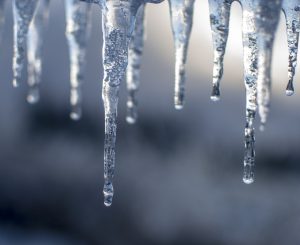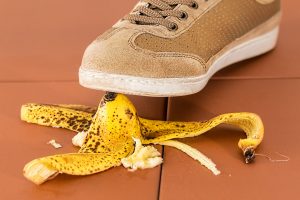 While Georgia may not see much snow, we do get plenty of ice. We tend to worry primarily about ice when behind the wheel of our car, but it’s important to remember that ice can lead to falls and very serious injuries. Cuts, scrapes, and bruises may not require much treatment, but some falls result in broken bones, concussions, and other injuries that can require surgery and time off of work. In those cases, you may be entitled to compensation from the property owner for negligence, but it’s important to understand how to make your claim.
While Georgia may not see much snow, we do get plenty of ice. We tend to worry primarily about ice when behind the wheel of our car, but it’s important to remember that ice can lead to falls and very serious injuries. Cuts, scrapes, and bruises may not require much treatment, but some falls result in broken bones, concussions, and other injuries that can require surgery and time off of work. In those cases, you may be entitled to compensation from the property owner for negligence, but it’s important to understand how to make your claim.
Principles of Premises Liability
Whether or not a property owner should be held liable for someone else’s injury is typically determined by a negligence standard. Most people understand negligence to mean careless or reckless behavior. In the context of premises liability, a property owner is negligent when he or she fails to maintain the property according to a standard of ordinary prudence under the circumstances. For example, a property owner could be held liable if someone fell on a staircase that was the main entry to the building and in obvious need of repair. So, the questions that typically need to be answered in this scenario are as follows:
 Georgia Injury Lawyers Blog
Georgia Injury Lawyers Blog


 While most slip and fall accidents bruise nothing but our pride, some falls can result in serious injury. Property owners owe a duty to their guests and other visitors to ensure that their property is safe and free from hazards. In the event that the property owner negligently maintains his property causing someone to be injured, the property owner may be held liable for the victim’s medical expenses, pain and suffering, and other losses.
While most slip and fall accidents bruise nothing but our pride, some falls can result in serious injury. Property owners owe a duty to their guests and other visitors to ensure that their property is safe and free from hazards. In the event that the property owner negligently maintains his property causing someone to be injured, the property owner may be held liable for the victim’s medical expenses, pain and suffering, and other losses.